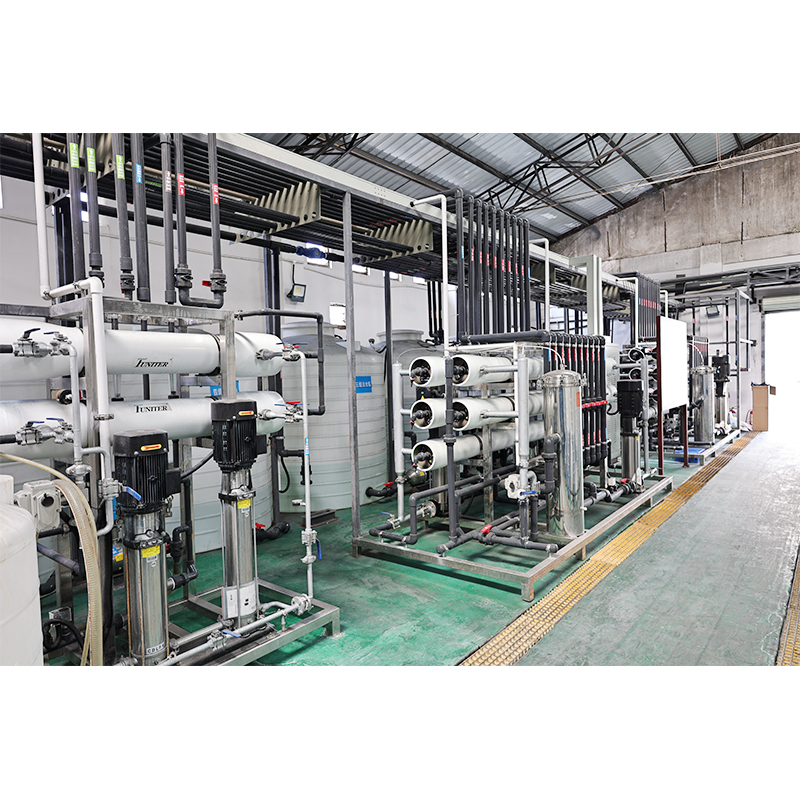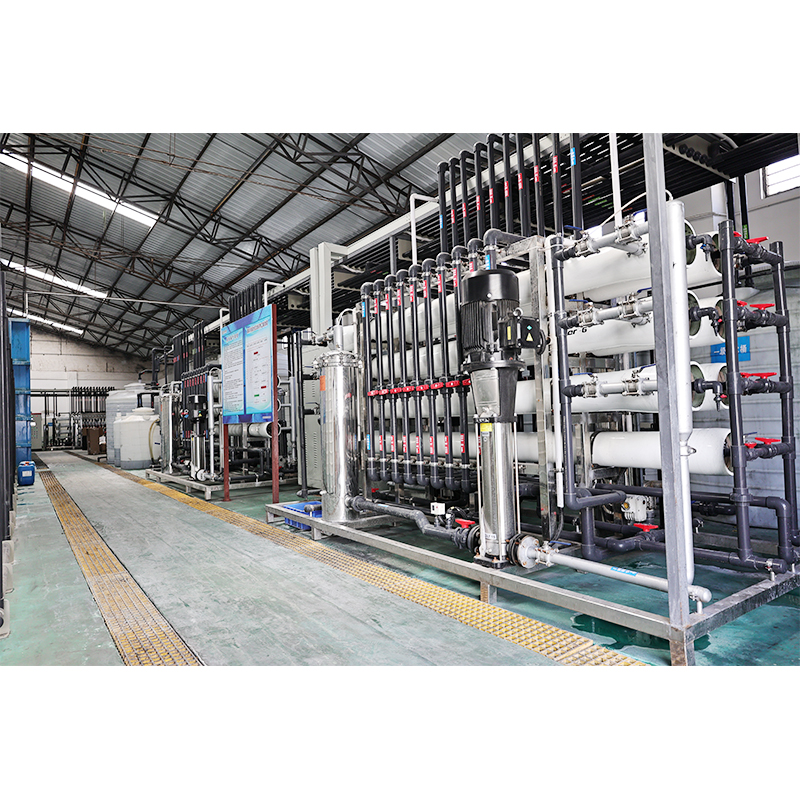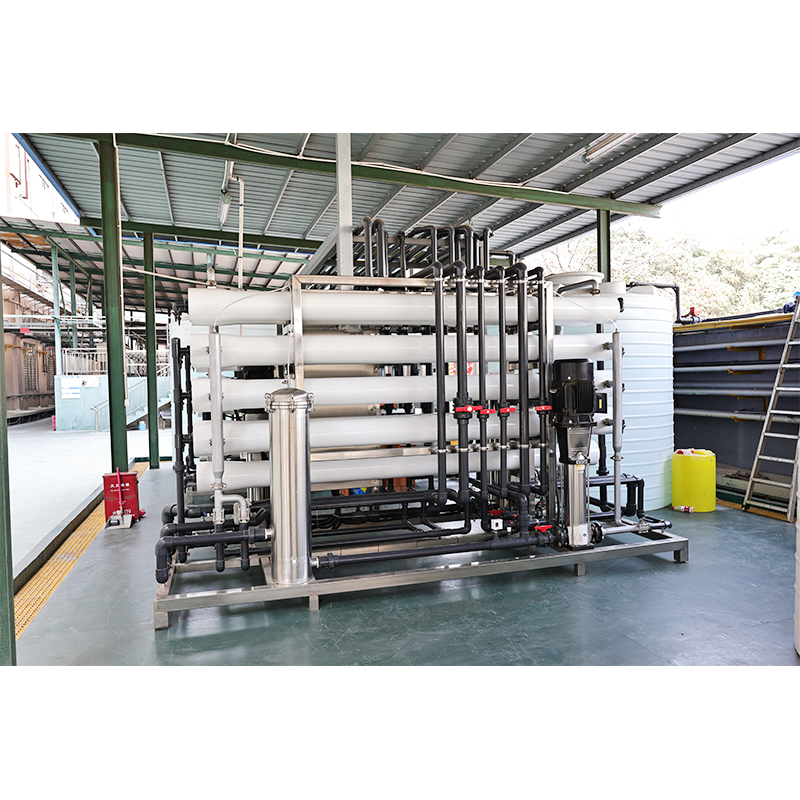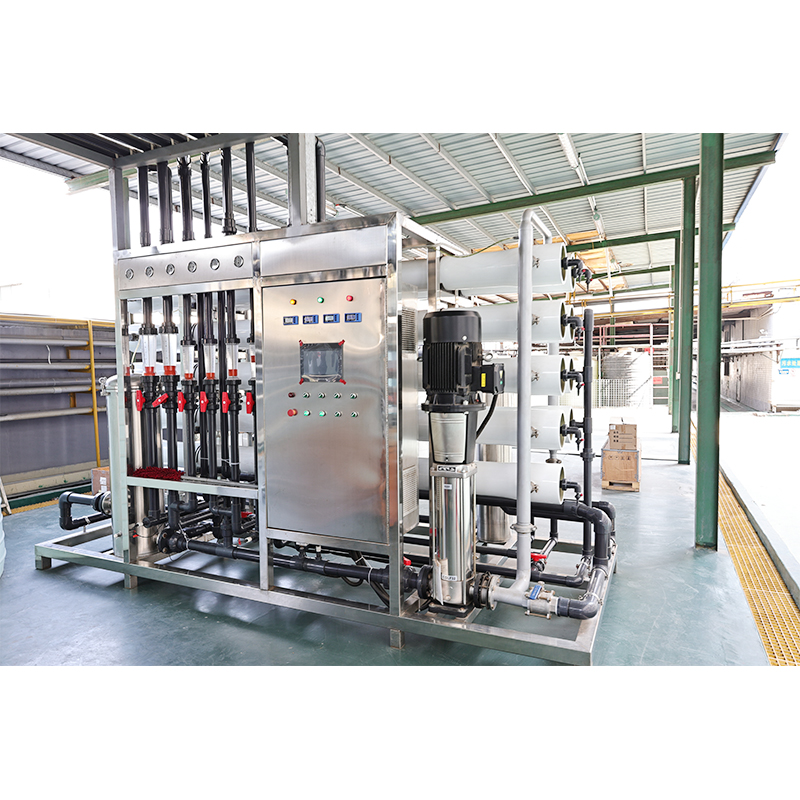What technology does sea water industrial ro membrane rely on to achieve efficient desalination and water purification?
Release Time : 2025-06-25
The efficient desalination and water purification of sea water industrial RO membrane is the result of the synergistic effect of multiple advanced technologies. These technologies jointly build a powerful filtration barrier to effectively separate salt and impurities in seawater.
The efficient desalination and water purification of sea water industrial RO membrane first benefit from its unique membrane material and structural design. RO membrane usually adopts composite membrane material, which is composed of ultra-thin desalination layer and porous support layer. The material of the desalination layer has a special molecular structure with extremely small pore size, which only allows water molecules to pass through, and has a high interception effect on salt and other macromolecular impurities. This precise pore size control is like a fine sieve, which blocks a large amount of sodium ions, chloride ions and other salts in seawater, and only allows water molecules to penetrate smoothly, thereby achieving efficient desalination. At the same time, the support layer provides stable support for the desalination layer, ensuring the structural stability of the membrane under high-pressure operating environment, so that the entire desalination process can be carried out continuously and efficiently.
The principle of reverse osmosis technology is the core mechanism for RO membrane to achieve desalination and purification. In the process of seawater desalination, the pressure applied by the outside world forces seawater to flow on the surface of the RO membrane. Since the salt concentration in seawater is higher than that of desalinated fresh water, under pressure, water molecules overcome osmotic pressure and migrate from the high-salt-concentration seawater side through the RO membrane to the low-salt-concentration fresh water side, while salt and other impurities are retained on the other side of the membrane. This separation process based on the principle of osmotic pressure allows the RO membrane to efficiently remove salt from seawater and achieve the transition from seawater to fresh water. By reasonably controlling the operating pressure and water flow rate, the desalination effect and water purification degree can be further optimized.
Membrane surface modification technology also provides strong support for the high-efficiency performance of RO membranes. In order to enhance the desalination capacity and anti-pollution performance of RO membranes, researchers perform special modification on the membrane surface. By introducing special chemical groups or coatings on the membrane surface, the physical and chemical properties of the membrane surface are changed. These modified membrane surfaces have stronger hydrophilicity, which can make water molecules pass through the membrane pores more quickly and increase water flux; at the same time, the charge characteristics of the membrane surface are also adjusted, which repel charged impurities and pollutants, reduce their attachment and deposition on the membrane surface, thereby reducing the risk of membrane pollution and ensuring that the RO membrane can perform efficient desalination and water purification work in a long-term and stable manner.
Cross-flow filtration technology plays an important role in sea water industrial RO membrane systems. Unlike traditional dead-end filtration, cross-flow filtration allows seawater to flow in a direction parallel to the RO membrane surface under pressure. Under this flow mode, salt and impurities in seawater will not accumulate on the membrane surface in large quantities, but will be continuously carried away with the water flow, reducing the occurrence of concentration polarization on the membrane surface. Concentration polarization will cause the salt concentration on the membrane surface to increase, increase the resistance of water molecules to pass through, and reduce the desalination efficiency. Cross-flow filtration effectively alleviates this problem, allowing the RO membrane to always maintain a high desalination performance and water flux, ensuring that seawater can be continuously and efficiently purified into fresh water.
Intelligent control technology provides precise guarantee for the efficient operation of RO membrane. Modern sea water industrial RO membrane system is equipped with advanced intelligent control system, which can monitor the operating parameters of the system in real time, such as pressure, flow, water quality, etc. According to the changes of these parameters, the system will automatically adjust the operating conditions, such as adjusting the water inlet pressure, controlling the flushing frequency, etc. When the desalination rate of the membrane is detected to decrease or the water flux is reduced, the intelligent control system will promptly start the chemical cleaning program to remove the pollutants on the membrane surface and restore the performance of the membrane. This intelligent control method enables the RO membrane to always operate in the best state, achieving continuous and efficient desalination and water purification.
The optimized design of membrane components also plays a key role in improving the performance of RO membrane. Sea water industrial RO membrane is usually used in the form of components. By rationally designing the structure and arrangement of membrane components, the filling density of the membrane and the uniformity of water flow distribution can be improved. The optimized membrane components can allow seawater to contact the RO membrane more evenly, make full use of the effective filtration area of the membrane, and avoid the decrease in desalination efficiency caused by local poor water flow or uneven pressure. At the same time, the sealing performance and pressure resistance of the membrane components are also enhanced to ensure that seawater will not leak under high-pressure operating conditions, ensuring that the entire RO membrane system can stably and efficiently achieve the goals of desalination and water purification.







